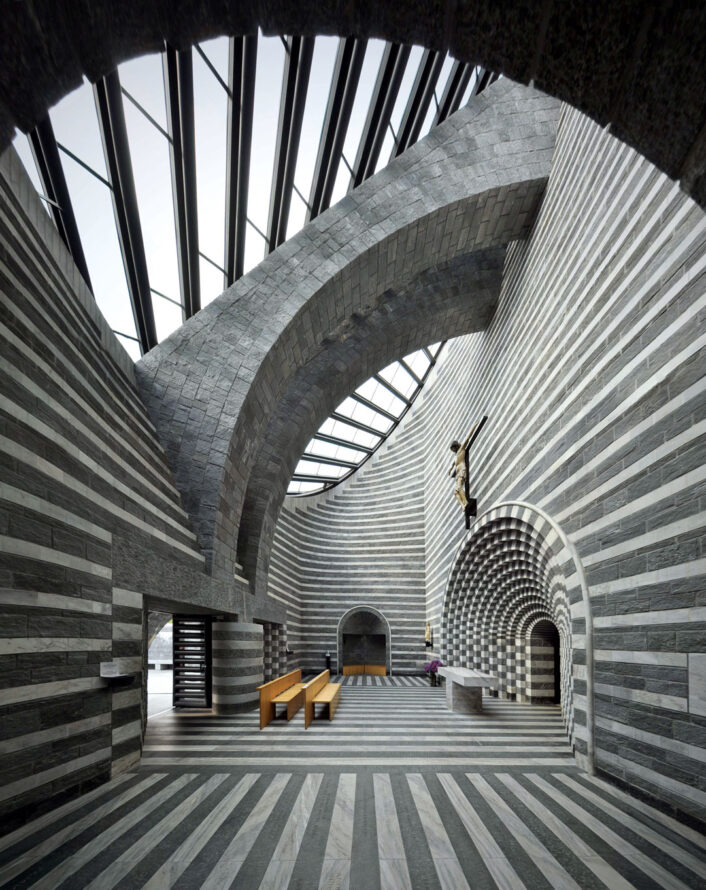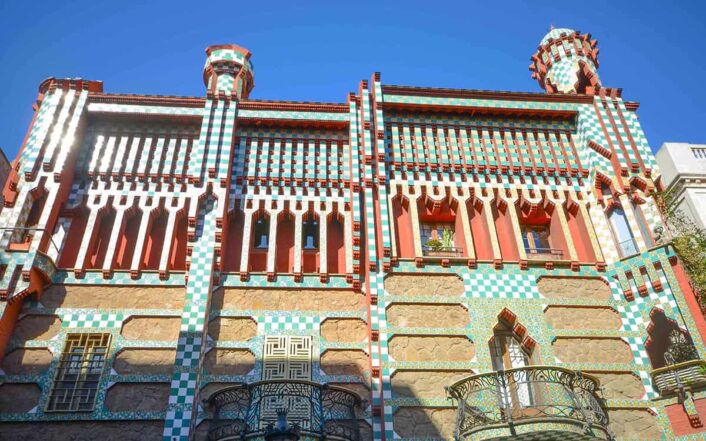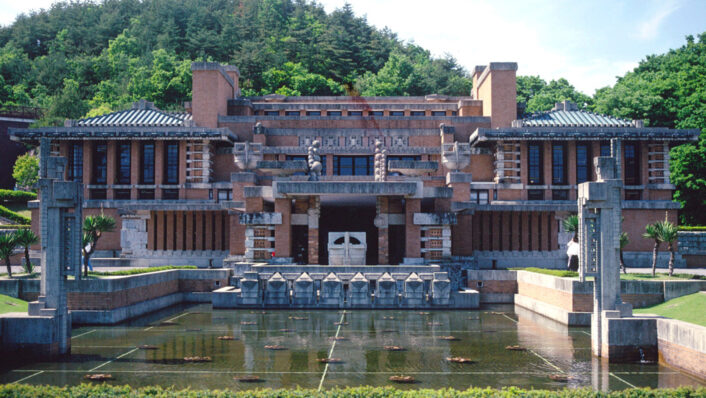Architecture
Tuscany’s magnificently colorful Castle of Sammezzano
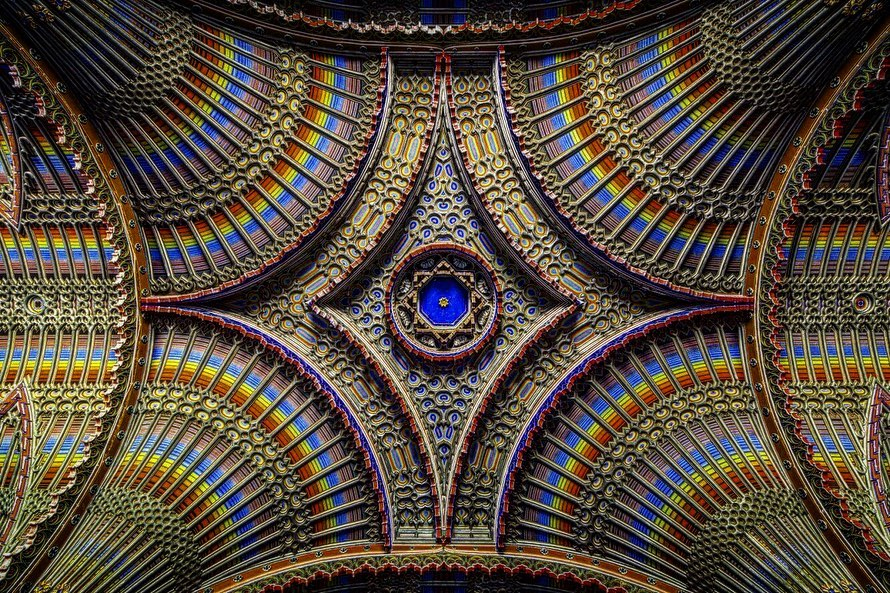
The stunning ceiling is a fabulous display of symmetry.
Image courtesy of: Grand Voyage Italy
Not far from Florence and up on a hill, stands one of Tuscany’s most amazing architectural feats. Castle of Sammezzano was the life’s work of Marquis Ferdinando Ximenes Panciatichi of Aragon, a marquis who worked for more than forty years to create a world straight out of his imagination.
While most of the marquis’ contemporaries were working to proudly create a “modern Florence” soon after the city was designated as the capital of the newly united country, Ferdinando sought to create a world that mimicked the Orient.
Luckily, Ferdinando was not deterred by the ridicule of his contemporaries. The home he built for himself was a true display of color and brilliance. With a facade’s exterior the color of the Saharan sand and the rooms inspired by the distant lands that he wished to visit, the entirety is a display of the Moorish Revival architectural style.
The medieval castle was originally built in 1605 by the nobleman Ximenes of Aragon; however it was remodeled in the 19th-century after it was inherited by Ferdinando Panciatichi Ximenes. Transforming it into a (courtesy of The Telegraph) “Moorish palazzo” started in 1853 and took 36 years to complete.
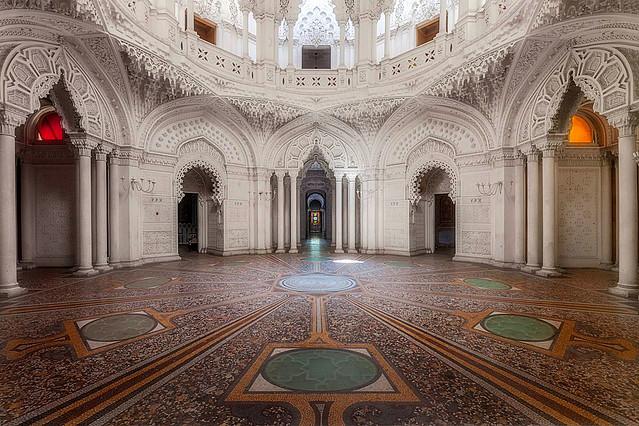
The White Room features the Great White Rotunda with its glass dome. Those features are surrounded by a balcony, a Moroccan mosaic tiled floor, and wrought iron chandeliers. The room even has its own small chapel.
Image courtesy of: Italy Magazine
The palazzo’s interior is a mix of Moorish with Byzantine, Indian, and Chinese influences. Although Ferdinando had no formal training, the renovations showed him to be an accomplished architect and botanist. The work was done entirely by local craftsmen; additionally, all the bricks, friezes, and tiles were made on site under Ferdinando’s careful supervision.
Following renovations, Castle of Sammezzano more closely resembled India’s Taj Mahal and Spain’s Alhambra than a typical Italian palazzo. Each of the 365 rooms, one for every day of the year, was decorated with a dizzying color palette, a unique combination of lights, and engraved inscriptions in both Latin, Italian, and Spanish telling Ferdinando’s life story.
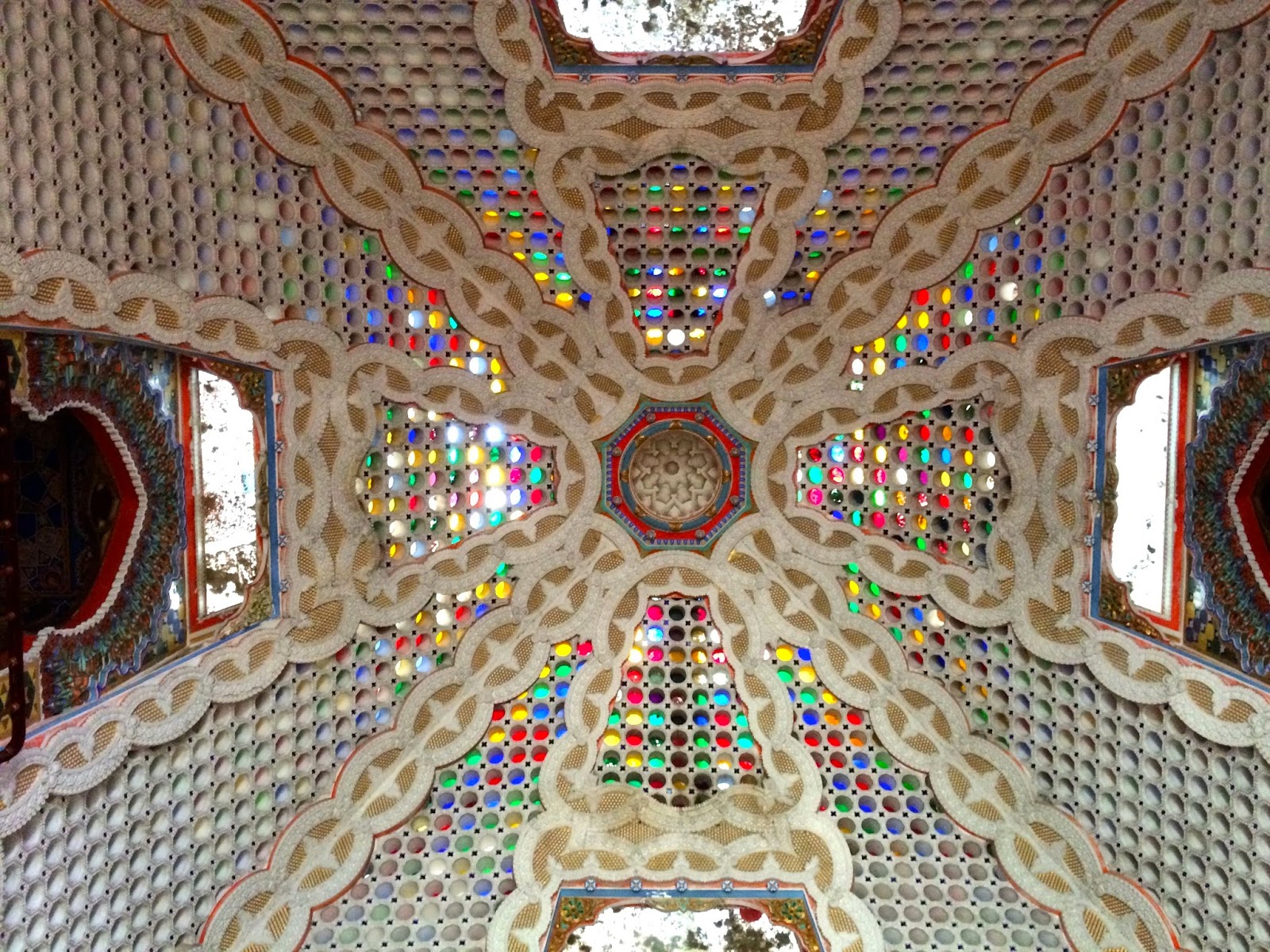
A stunningly intricate ceiling.
Image courtesy of: Gillian’s List
Set on 65 acres, Castle of Sammezzano was surrounded by one of the largest historical parks within Tuscany; it features more than 100 species of exotic plants. Unfortunately without Ferdinando’s careful eye, most of the non native vegetation is now gone. However still standing are a few gigantic sequoia trees (brought from California). That includes Sequoia Gemella (the twin sequoia)… thought to be the second tallest tree in Italy.
For a brief period following World War II, the castle was turned into a luxury hotel; however not even the high paying guests were enough to support the palazzo’s costly upkeep. Unfortunately, that is not surprising as the structure does not have basic modern amenities such as central heating or easily accessible water.
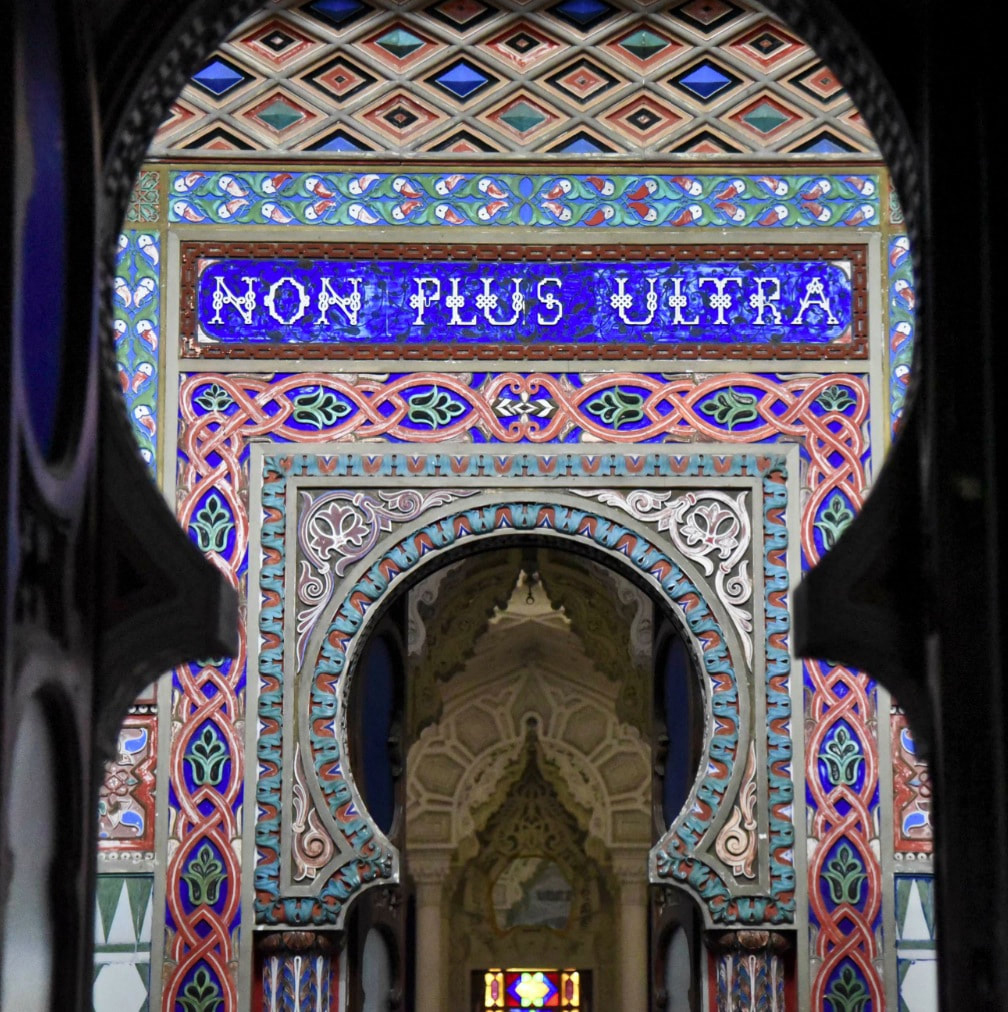
An inscription… Some wondered whether the “Non plus ultra” inscription was (courtesy of Italian Sons and Daughters of America) “a warning to sailors not to travel beyond the edge of the known world.” However others believe the marquis was stating his intention to take visitors beyond what they were familiar with… and into an unknown world.
Image courtesy of: Grand Voyage Italy
Ferdinando considered Castle of Sammezzano’s renovation to be his purpose; such as evident in the fact that he embedded the walls with the motto, “Non plus ultra.” Translated to mean “nothing farther beyond,” the steadfast dreamer was confident in his creation’s uniqueness and originality.
Unfortunately today, the castle’s future is unclear. Plans to turn Castle of Sammezzano into a public museum have, sadly, been scrapped. Maybe someday that will happen, because inside, a world that surpasses anything imaginable awaits those lucky enough to enter through the front door.
